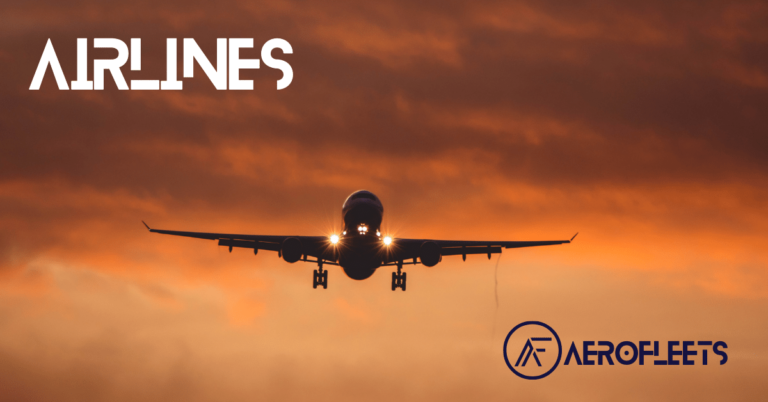Introduction
The UK Royal Air Force (RAF) is the aerial warfare branch of the British Armed Forces. Established in 1918, the RAF is the oldest independent air force in the world and has evolved over the years to be one of the most advanced and capable air forces in the world. To learn more about the RAF, visit their official website here.
History of the RAF
The RAF was created during the First World War, becoming the first independent air force in the world. Initially it operated with biplanes and other simple aircraft, but as technology evolved so did the RAF. In the Second World War, it fought in all the major campaigns of the war, playing a vital role in the Allied victory. After the war, the RAF focused its efforts on developing new aircraft and technology and making it a global power.
Structure and Organisation
The RAF is made up of a number of different units and commands. Its structure is divided into four main divisions: Air Command, Personnel and Training Command, Support Command and RAF Reserve Command. There are also a number of specialist units and commands, such as the Maritime Air Wing, which covers maritime operations for the RAF.
Equipment and Aircraft
The RAF currently operates a variety of aircraft, from transport planes and helicopters to fast jet aircraft and unmanned aerial vehicles. The RAF is the largest operator of the Eurofighter Typhoon, an advanced multi-role combat aircraft. Additionally, the RAF operates the C-17 Globemaster and A400M Atlas transport aircraft, as well as the Sentinel R1 reconnaissance aircraft and the MQ-9 Reaper unmanned aerial vehicle.
Role of the RAF
The RAF is responsible for providing air support to the British Armed Forces and its allies. This includes providing air reconnaissance, air defence, transport and supply, search and rescue, and medical evacuation capabilities. Additionally, the RAF provides air power for the United Kingdom’s strategic nuclear deterrent and is a significant part of the British contribution to NATO.
Training and Education
The RAF provides a range of training opportunities for its personnel, from basic training to more advanced qualifications. It also provides educational programmes and support to personnel and their families. The RAF also offers a wide range of technical and vocational training, as well as leadership and management development.
Recruitment and Careers
The RAF is always looking for new recruits and offers a wide range of career options. These include roles in engineering, logistics, aircrew, intelligence and security, and much more. The RAF also offers a wide range of benefits, such as training and education, travel opportunities, and a competitive salary. To find out more about recruitment and careers in the RAF, visit here.
RAF Community and Culture
The RAF is a close-knit community, with its personnel sharing a strong bond that is based on mutual respect. They also work hard to maintain the core values of the RAF, which include integrity, service before self, and excellence in all that they do. This sense of community also extends to the families of RAF personnel, with a range of support services and activities being provided for them.
Notable Achievements
Throughout its history, the RAF has achieved many notable feats. It played a key role in the Battle of Britain and the Battle of Britain Memorial Flight continues to honour the brave airmen who fought in this battle. The RAF was also responsible for the first flight across the Atlantic and the first successful flight to the South Pole. Today, the RAF continues to be at the forefront of aviation, having a role in virtually every major conflict and peacekeeping mission in the world.
Conclusion
The UK Royal Air Force has a long and rich history of bravery and dedication to the cause of freedom and democracy. Its multi-role capabilities and advanced technology have ensured it remains at the forefront of air power. For more information, visit the RAF’s official website here.





0 Comments